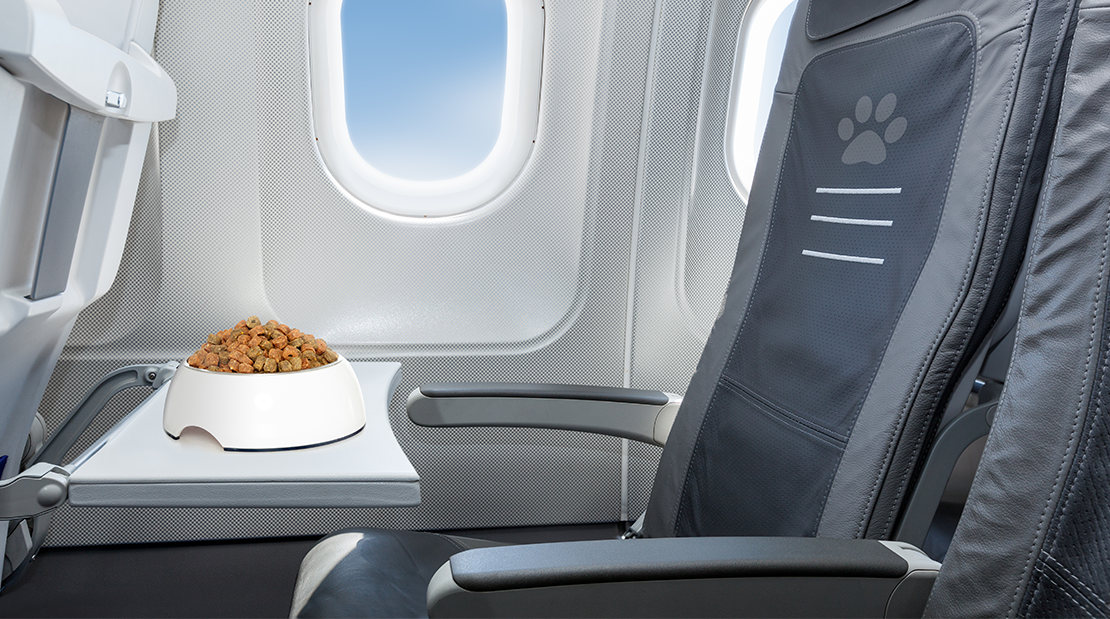
Dos and Don’ts for Traveling with Your Canine Pals
Our canine pals are our babies. When we think of family— our fun-loving, loyal companions are definitely in the count.
Since we are responsible for their well-being, there are several dos and don’ts to which owners should take heed when preparing for travel. Some of the most common ways animals (specifically, dogs) travel are via plane and car. Although we rely on parent/owner intuition, there are some recommendations I want to encourage that could be beneficial to your pet as you plan for travel.
Regarding airplanes, the safest place for a dog to travel is in human view. If they are in a carrier, you should be able to see them. This is recommended so you can easily see if they have any trouble breathing, are having anxiety, or seem to have any discomfort. (If they are a service dog, they are trained to sit in front of you.) There’s no maximum time frame allotted for a dog to travel by plane because they regulate their body temperature as humans do. However, they do need bathroom breaks. So, keep that in mind when scheduling long-distance flights. Also, if you are using a crate/carrier, it’s best to crate train and acclimate your pet to it. As an owner, let your dog know it’s a safe place to rest. The last thing we want a dog to do is to become hyperexcited or stressed out in small quarters, which can lead to respiratory issues or other severe conditions. Another key tip is to check out the restrictions and policies of the airline on which you will fly. Weight limits and fees can vary.
If a dog is traveling as cargo they must have a health certification signed within 10 days, stating they are healthy enough to sustain the flight. I don’t recommend a dog fly before 12 weeks of age because their health many not necessarily be in the clear. Developmental diseases haven’t always been detected by this point. Most times, they haven’t had a rabies vaccination yet. All dogs should be checked just in case there are illnesses where symptoms aren’t as visible, such as heart related or vascular conditions, or pneumonia. But, if your dog does have an illness that you manage, please consider their medication schedule, and plan accordingly if refrigeration is needed.
When taking road trips, dogs should be in a harness. In cases of vehicle accidents, it would lessen the potential trauma. Dogs sometimes like to run around vehicles, or they get motion sickness, so having a proper restraint that’s connected to a seatbelt is wise. Think about it this way…if you wouldn’t let your human child do it, think twice about allowing your dog to do it.
Traveling Dos
- Make sure your pet is healthy (i.e. up-to-date vaccinations and heartworm medication)
- Make sure your dog visits their vet to ensure there are no lingering diseases
- Make sure you obtain anti-vomiting medication if your dog is prone to motion sickness
- Make sure your dog has a microchip for identification purposes
- Explore the advantages of sedation through a conversation with your vet
Traveling Don’ts
- Don’t let your dog roam around rest stops or wooded areas (wooded areas are breeding grounds for ticks and for the contraction of Lyme disease)
- Don’t assume your dog is healthy (get them checked out)
- Be wary when your dog socializes They are at risk to being in contact with saliva of other pets and other illnesses that animals may have. Don’t underestimate the power of a bite, lick or a scratch
Once you reach your destination— whether you own property, are renting a house, or heading to a pet-friendly hotel, do your research. In common areas there may be worm eggs, and your dog could get infected by any number of parasites. Plus, it only takes a single bite for heartworm disease to begin developing. Regarding hotels specifically, check the policies and protocols of the property. (Do they ask for proof of vaccines and fecal exams? That’s one factor in helping determine how clean the hotel may be.) Control your pet, and just remember: Safety First.
Being a canine parent is fun, but it comes with responsibility. I advise you to seek the advice of your vet for a personal examination. As long as you have a solid relationship with your pet’s vet and your dog has had training, there’s no need to fret. With confidence, and education on the dos and don’ts, traveling with your dog can be stress free and fun!

